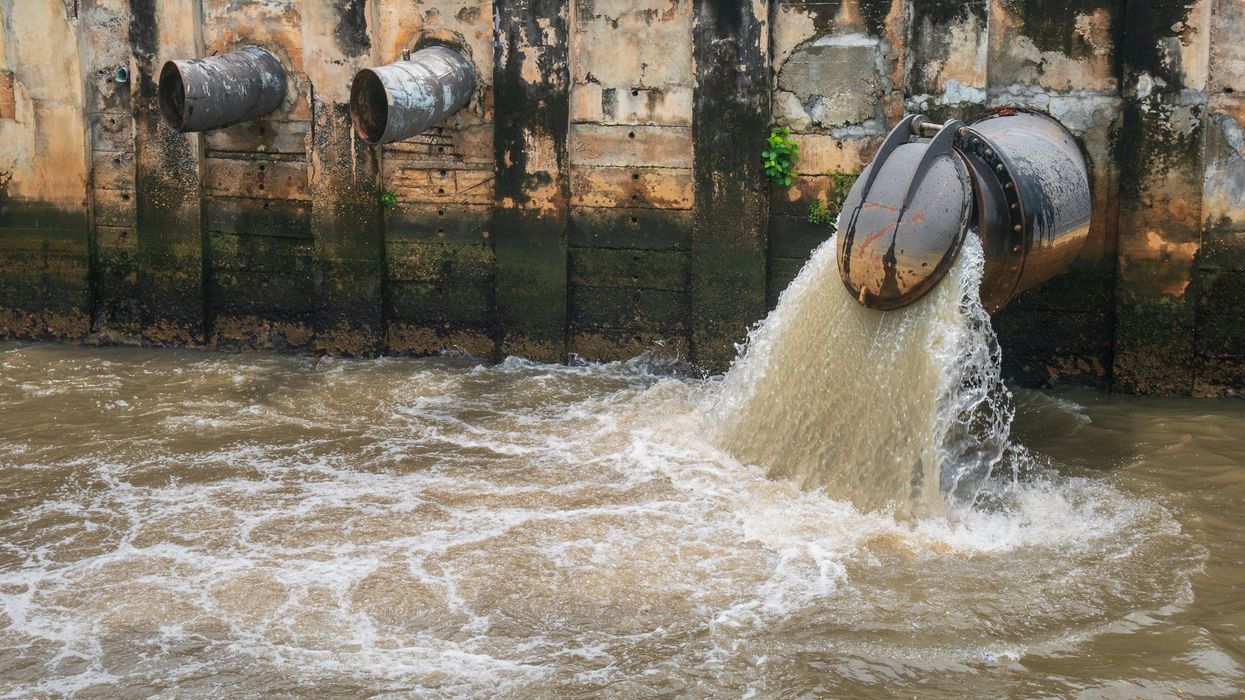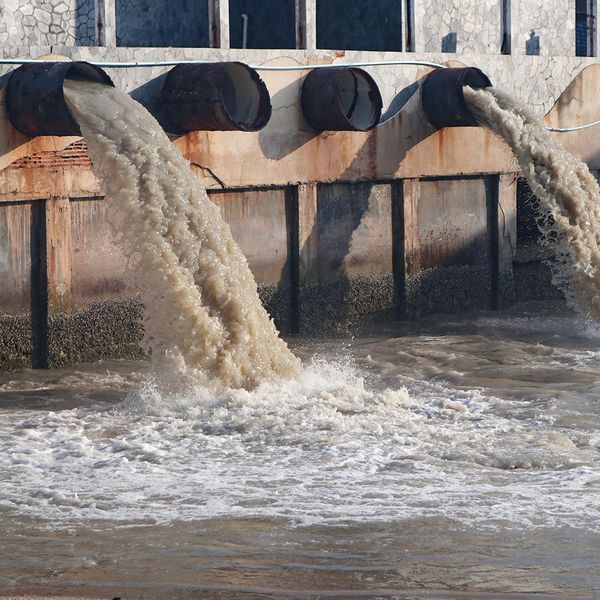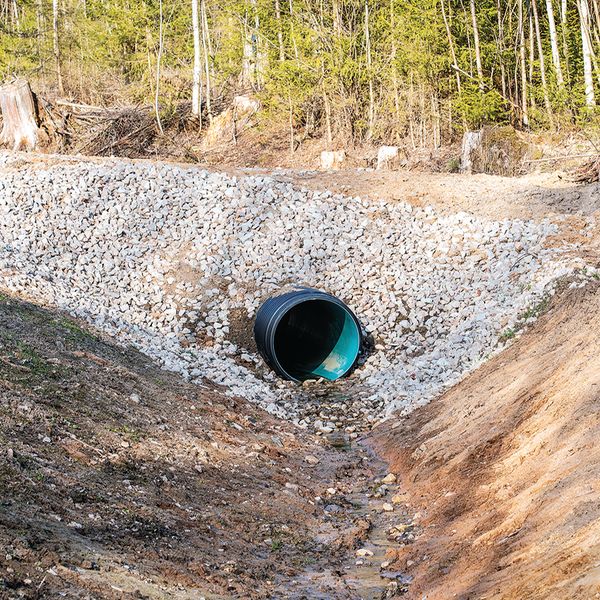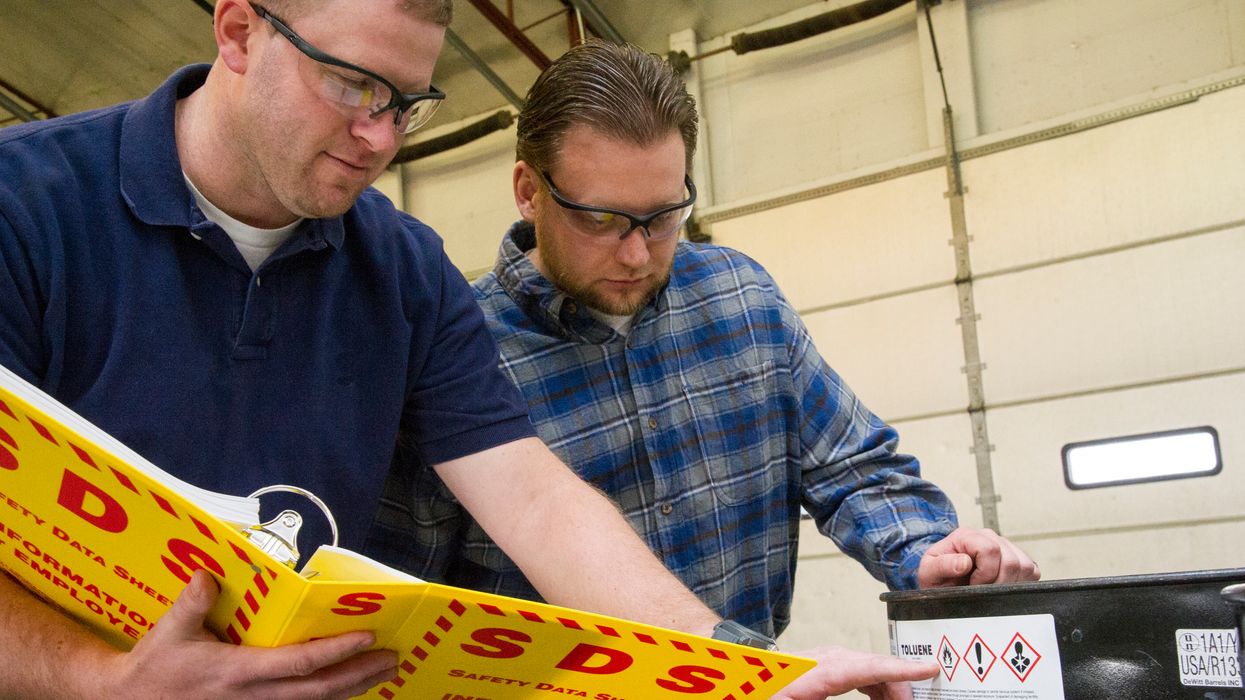Guidance on discharges through groundwater
With EPA issuing draft guidance on when discharges through groundwater require NPDES permits, will you see a change? The draft, for which the public comment ended in January, is based on the Supreme Court’s ruling in County of Maui v. Hawaii Wildlife Fund (Maui). The court decided that a NPDES permit is required for discharges that travel through groundwater, if that discharge is the “functional equivalent of a direct discharge from the point source into navigable waters.” Until this ruling, federal courts had been divided on the topic. Maui doesn’t change when NPDES permitting applies. Permitting remains triggered by 1.) an actual discharge of a pollutant to a water of the U.S., and 2.) the discharge is from a point source. The draft guidance provides clarity to a subset of permits that may be affected by the recent Maui ruling, hinging on the term “functional equivalent.”
Functional equivalent
The court provided seven factors to determine if a point source discharge is the “functional equivalent” of a direct discharge:
- Transit time of the pollutant from the point source to the navigable water,
- Distance pollutants travel through groundwater,
- The nature of the material through which the pollutant travels,
- The extent a pollutant is diluted or chemically changed as it moves,
- The amount of pollutant entering the navigable waters relative to the amount discharged from a point source,
- How the pollutant enters the navigable waters, and
- The degree to which the pollution maintains its specific identity.
EPA will also consider “the design and performance of the system or facility from which the pollutant is released,” something the agency contends is critical to conduct an accurate analysis.
Impacts in permitting
Likely this won’t affect many NPDES permittees. EPA expects it will affect a “small percentage of the overall number of NPDES permits issued.” This will create consistency in when permits are issued for discharges to groundwater and may mean additional steps during permitting. Permittees may have to provide more technical information or beef-up the pollutant fate and transport analysis. For a select few, this will mean the permitting of sources that didn’t need it before.

















































